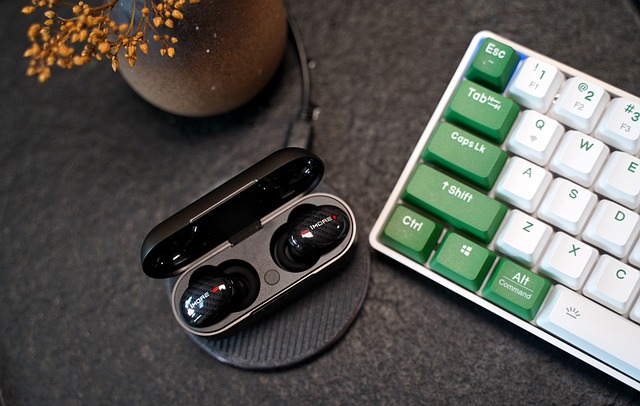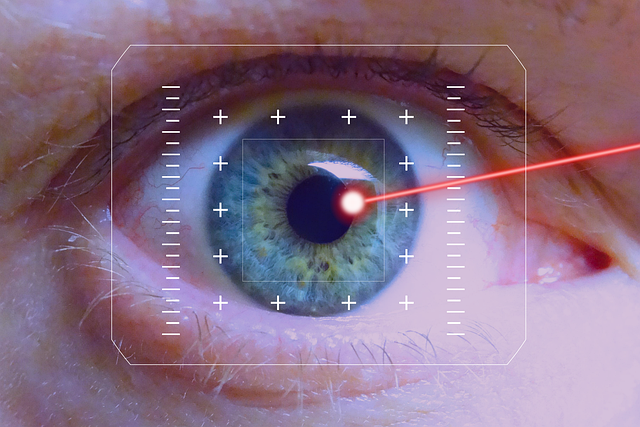In the realm of display technology, few challenges are as persistent and frustrating as image noise. For TV technicians, mastering image noise reduction procedures is not just about enhancing visual aesthetics; it’s about providing audiences with a viewing experience that is clean, clear, and captivating. Noise can manifest in various forms, from grainy textures to unwanted artifacts, compromising the overall quality of the image. Understanding how to effectively tackle noise is paramount for those who wish to excel in the field of television repair and optimization.
As our monitors and displays evolve, so too does the technology behind them. Modern televisions utilize complex algorithms and processing techniques that can either amplify or mitigate noise. One of the most effective strategies is to familiarize oneself with the various types of noise encountered: random noise, pattern noise, and even temporal noise, which emerges as a result of frame-to-frame inconsistencies. By recognizing these patterns, technicians can employ targeted approaches to noise reduction.
Every technician understands the importance of visualization in their work. High-quality displays are designed to present colors and details with remarkable clarity, but noise diminishes that potential. Utilize your expertise to analyze the display settings critically. Adjusting contrast and brightness can often reveal hidden noise artifacts. Furthermore, validating the source of the content being displayed is essential. A high-definition source can significantly reduce noise, while low-resolution inputs can exacerbate the issue.
Another crucial technique in your arsenal is the adjustment of image processing settings within the television itself. Many modern TVs come equipped with built-in noise reduction features designed to improve the overall image quality. By diving into the settings, technicians can modify noise reduction levels, apply edge enhancement filters, or even utilize motion smoothing options to refine the output. Each display technology may vary, so understanding the distinctions between OLED, LED, and LCD will help you tailor your approach accordingly.
Advanced noise reduction procedures also involve sophisticated methods like temporal noise reduction (TNR), which analyzes frame sequences to minimize flicker and artifacts. By applying these techniques during both pre and post-processing stages of content delivery, technicians can ensure that the viewer’s experience is seamless. Additionally, utilizing tools like calibration software will enable you to fine-tune the television’s output to achieve optimal noise control.
For those looking to expand their competencies in image noise reduction, the importance of continual education cannot be overstated. Stay informed about the latest advancements in display technology and noise reduction products. Joining online forums or workshops can provide insights from fellow technicians who are navigating the same challenges. Embrace collaboration, and share your discoveries regarding successful noise reduction procedures; the community thrives when knowledge is exchanged.
Ultimately, effective image noise reduction procedures are a blend of technical skill, artistic judgment, and a deep understanding of display technology. By honing these skills, TV technicians can elevate their craft and enhance the visual experiences of audiences everywhere. In a world driven by visual media, the ability to reduce image noise isn’t just a technical skill—it is an essential service that brings joy and satisfaction to viewers seeking the perfect picture.




